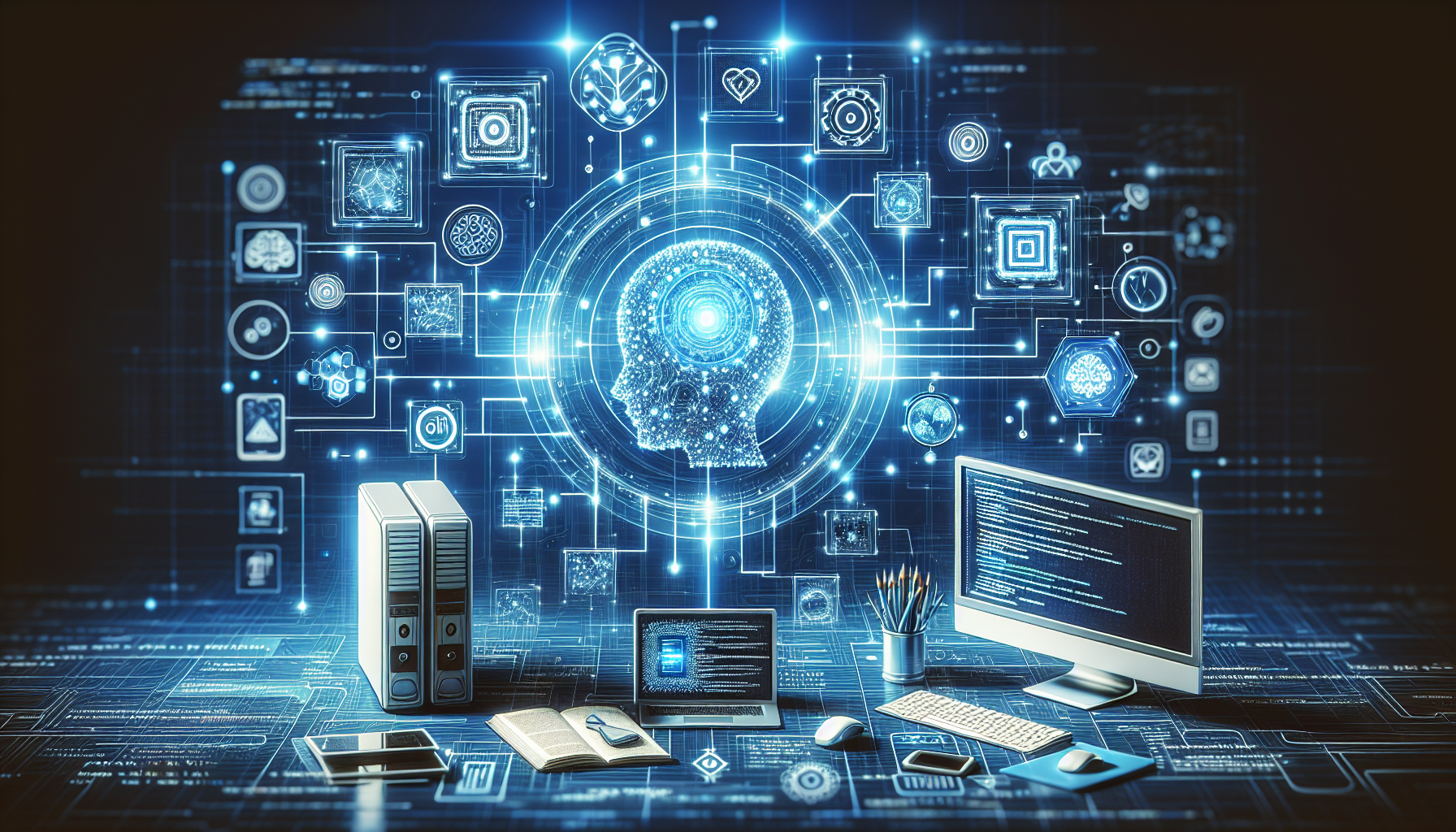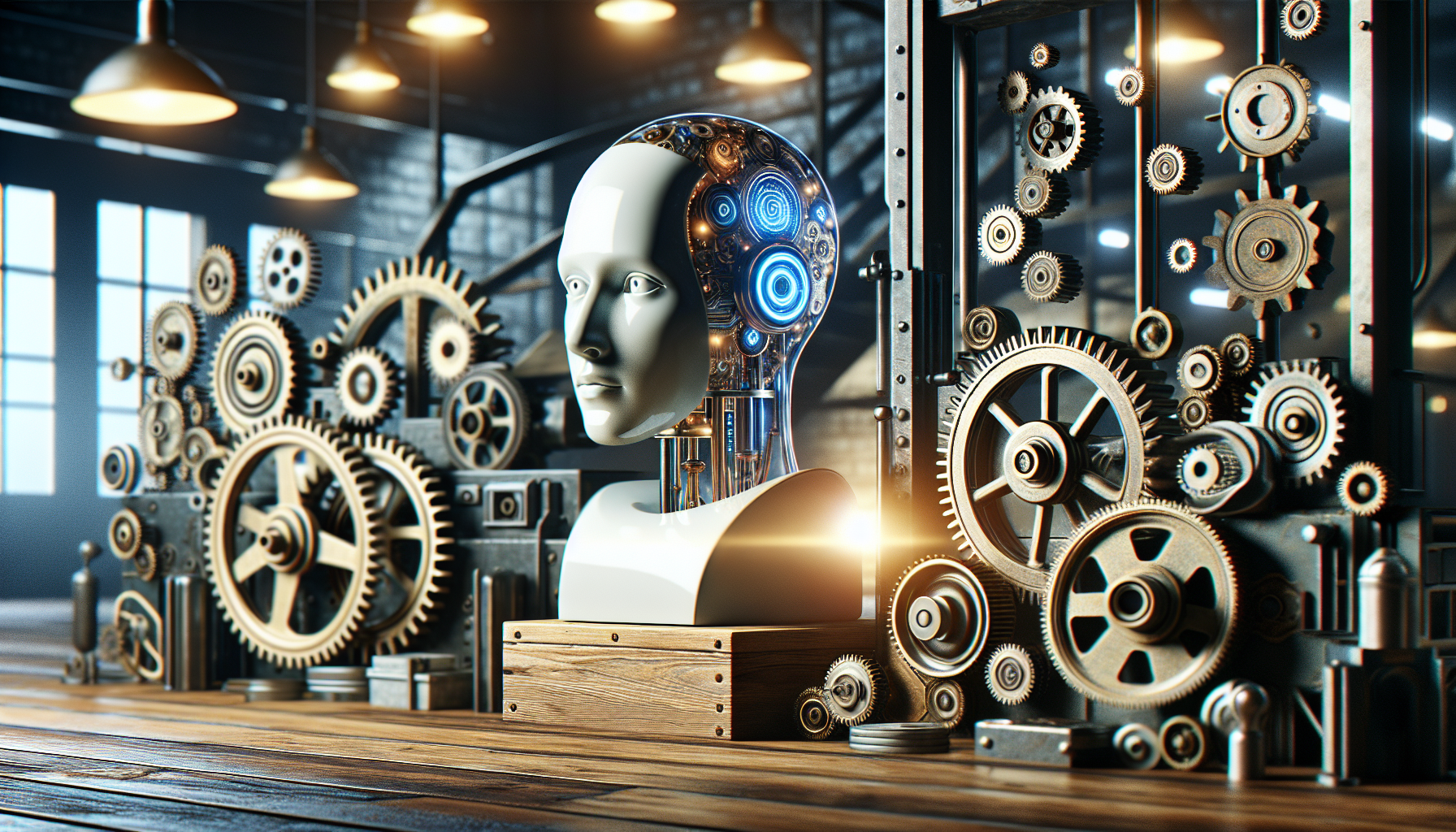
How AI is Revolutionizing Accessibility for People with Disabilities: A Trend Analysis
June 20, 2025
Artificial Intelligence is no longer just a futuristic concept confined to the realms of science fiction. It's here, making waves in numerous sectors, and one of the most impactful areas is accessibility for people with disabilities. What makes AI so transformative in this field? Let’s dive into the trends reshaping the accessibility landscape.
Imagine a world where barriers to communication, mobility, and comprehension are significantly lowered, all thanks to technology. That's what AI is doing right now. One of the standout applications is in voice recognition technology. For individuals with physical disabilities that limit their ability to type or use conventional input devices, voice-activated assistants like Siri, Alexa, and Google Assistant are not just conveniences but necessities. These tools allow users to control their environment, manage schedules, and even operate smart home devices using just their voice.
But it goes beyond simple voice commands. The evolution of natural language processing (NLP) has enabled these assistants to understand context and nuance, making interactions more intuitive and effective. This trend is a game-changer for individuals with speech impairments or cognitive disabilities. The ability of AI to learn and adapt to different speech patterns, accents, and even unique vocal characteristics underscores its potential to personalize and enhance user experience.
Visual impairment is another area where AI is making significant strides. Image recognition technologies, powered by machine learning algorithms, are enabling applications that describe the physical world to users. Apps like Seeing AI can narrate the environment by identifying objects, reading text from images, and even recognizing faces. This technology opens doors that were once inaccessible, allowing individuals to navigate the world with greater independence and confidence.
Moreover, the integration of AI into wearable technology is a burgeoning trend. Smart glasses equipped with AI-powered software can provide real-time audio descriptions of surroundings, offering a new level of autonomy to users with visual impairments. These innovations are not just about convenience but empowerment, helping users to engage with their environment in ways previously unimaginable.
For those with hearing impairments, AI is transforming communication through real-time transcription services. Applications that convert spoken language into text with remarkable accuracy are becoming commonplace. These tools are invaluable in educational settings, workplaces, and social environments, facilitating seamless interaction and inclusion. The ability of AI to not only transcribe but also translate languages on the fly is opening up global communication channels, fostering a more inclusive world.
However, while AI is making leaps in assisting those with disabilities, it’s crucial to address the challenges that come with it. One pressing issue is the digital divide. Not everyone has equal access to these technologies due to cost or lack of infrastructure. Ensuring that AI advancements do not widen this gap is essential. Developers and policymakers need to work hand-in-hand to create solutions that are affordable and accessible to all.
Privacy concerns also loom large. AI systems often rely on vast amounts of data to function effectively, which can lead to potential vulnerabilities. Protecting user data while providing personalized experiences is a delicate balance that requires ongoing attention and innovation.
Despite these challenges, the potential of AI to enhance accessibility is vast and largely untapped. The trends we are witnessing today are just the beginning. Imagine AI systems that not only assist but anticipate needs, learning from user behaviors to provide proactive support. Or consider the possibility of AI-driven prosthetics that adapt to the wearer’s unique movements and preferences, offering unparalleled levels of function and comfort.
As we look to the future, the question is not just how AI can continue to break down barriers but how it can redefine what accessibility means. How can we leverage these technologies to not only meet current needs but to anticipate and address new challenges as they arise? The conversation around AI and accessibility is just starting, and its implications promise to be profound and far-reaching.
How might these trends inspire new innovations or challenge existing perceptions of disability? That's a question worth pondering, as the journey of AI in accessibility is only beginning, with the potential to touch and transform countless lives.


